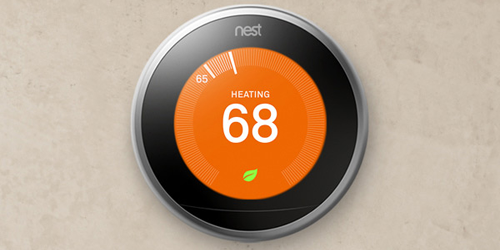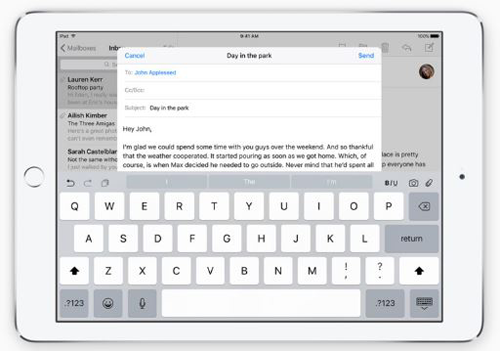Picking Up Cues & Clues: Machine Learning's Role in Customer Experience

Big data is transforming the modern world, or so they say. Unless big data is leveraged to draw smart conclusions, however, all of this newly available information is just noise.
Machine learning is helping humans make sense of big data. It can cut through the noise and pick up on cues and clues to offer interpretations, insights, connections and recommendations that businesses can quickly put to use.
From thermostats to smart phones, machine learning is already changing the way technology benefits consumers and their customer experience (CX).
Consider an example from PopSugar-a lifestyle publisher and marketer geared toward women millennials-who recently began using a new, drag-and-drop data-visualization tool that applies machine-learning technology to analyze data from its more than 85 million readers.
The program noticed two interesting facts last summer: 1) as early as June, searches for Halloween costumes started to spike, and 2) around the same time, Taylor Swift searches began trending thanks to her latest hit album.
PopSugar used these two observations to create an article called "17 Ways To Be Taylor Swift This Halloween." It was a wild marketing success, contributing to more than a billion Halloween-related page views.

Or take the home-automation company Nest, which debuted in 2011. At $249, its thermostat wasn't cheap. Even so, consumers who bought the thermostat found that because it analyzed their behaviors and preferences, it actually helped them save big on energy bills without sacrificing comfort.

Even those without a high-tech thermostat likely have dipped their toes into machine learning. Our smartphones and tablets have learned to predict our texting habits. They fill in the blanks when our thumbs skip letters and figure out what we meant to say. They even know whether we swear or not.
Just as machine learning has revolutionized the consumer experience, it is also changing marketing. Whereas once marketing analysts had to trudge through stacks of charts in pursuit of elusive data trends, computers now do the work for us. Machine learning helps identify and figure out the "why" behind new patterns and anomalies.
Computers now make nuanced recommendations in a flash, drawing from a much broader dataset than a human could. That way, marketers can focus on the creative meat of pitching their products.
PopSugar's Taylor Swift discovery is just one example among innumerable potential applications. Say 21- to 35-year-olds in Williamsburg, Brooklyn, begin developing a taste for craft moonshine. Machines can quickly alert marketers to that trend so they can begin a targeted ad campaign. Same goes if moms in Cheyenne, Wyoming suddenly start taking up yoga.
Marketers can now identify dozens of new marketing scenarios that would previously have gone wholly unappreciated.
Machine learning also provides instant feedback on whether marketing strategies are effective. Once, marketers had to turn to a series of time-consuming, expensive focus groups or surveys to determine what was working best. Something as basic as casting ads based on target viewers' demographic characteristics was a major research project.
Now, machine learning can look at Facebook likes and Twitter retweets, providing in-the-moment feedback on consumer responses. Marketers can adapt accordingly, becoming more nimble and effective than ever before.
Already, the industry's seeing the payoff. One Latin American bank, for example, capitalized on this new breed of marketing, using data from ATM transactions to guide the offers service operators made to customers. Thanks to this innovative strategy, the bank rose from obscurity to international prominence at breakneck speed.
Similarly, McKinsey saw a 20 percent return on investment among companies that used computers to interpret big data and draw conclusions for their sales and marketing teams. Workers' productivity rates, alongside profits, also improved by 5 to 6 percent compared to those who gave machine learning the brush-off.
The future of marketing is here. The question isn't whether today's marketers can afford to adopt machine learning - it's whether they can afford to ignore it. About the Author
Jeff Allen has spent his career working in tech marketing, sales and product management roles. He is currently the director of product marketing for Analytics at Adobe. Prior to joining Adobe, he was VP of Marketing for AtTask, a hyper-growth SaaS project management company.








